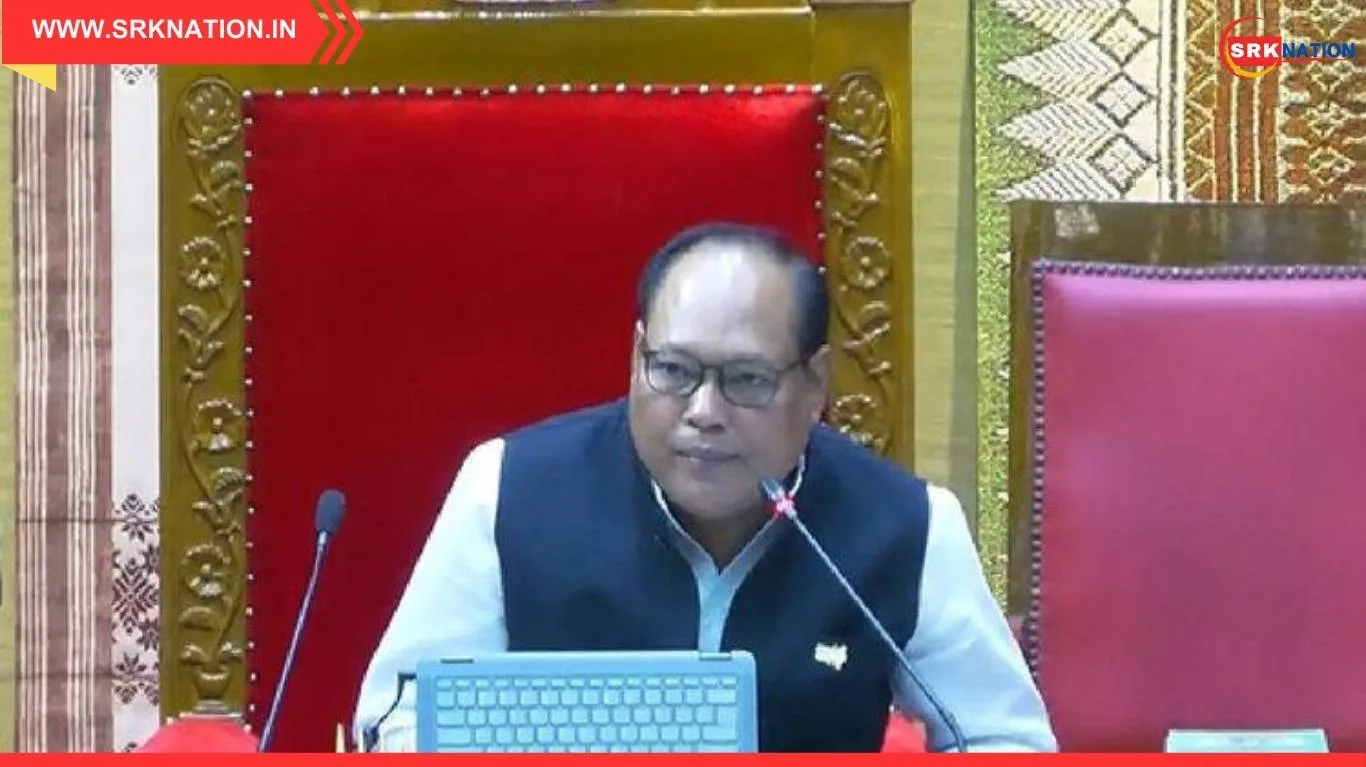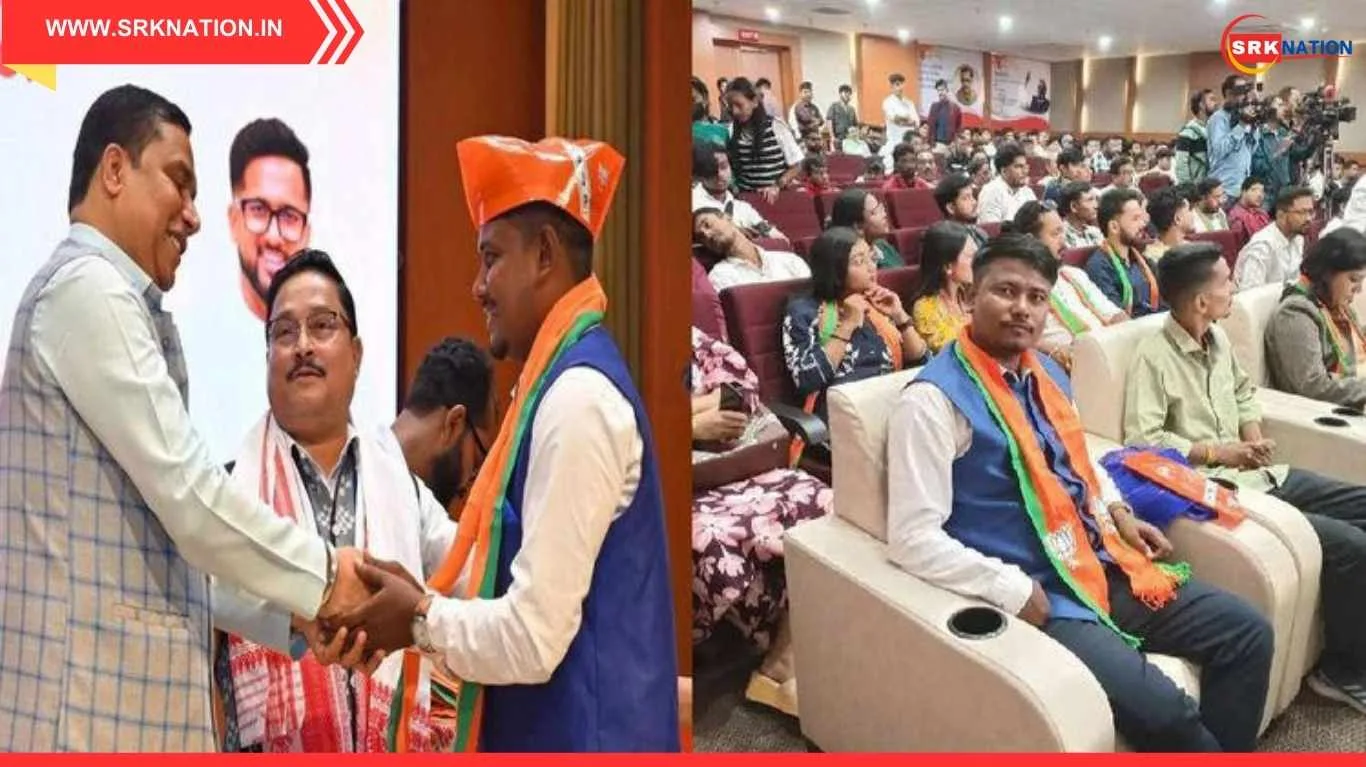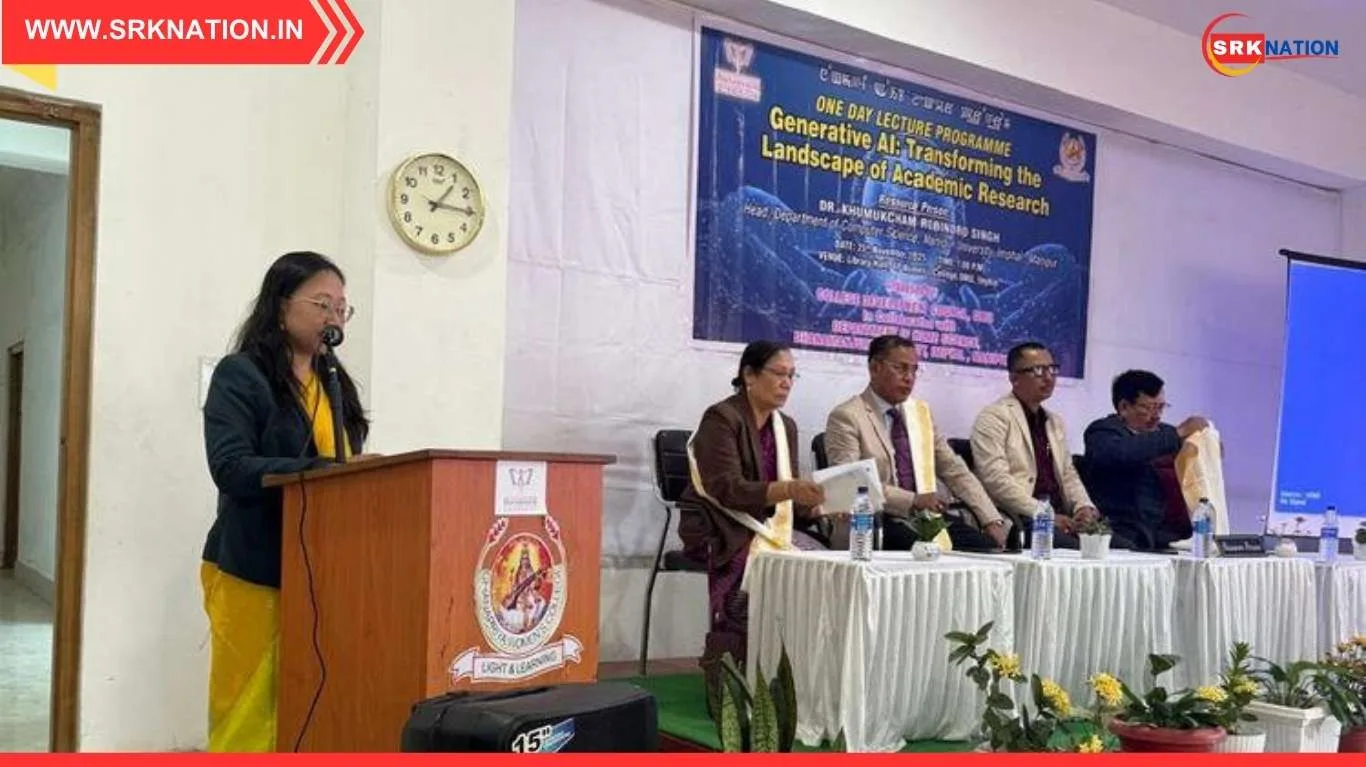Congress leader and Lok Sabha MP from Assam, Gaurav Gogoi, has strongly objected to what he described as the “distorted” portrayal of Ahom history in the latest NCERT textbooks. He has urged the Union Ministry of Education and the NCERT to take immediate corrective measures, warning that such misrepresentation of Assam’s rich past not only hurts sentiments but also undermines the cultural heritage of the state.
Gogoi’s Statement – “Ahom Legacy Cannot Be Altered”
Speaking to the media, Gogoi stressed that the Ahom dynasty, which ruled Assam for nearly 600 years, played a pivotal role in protecting the region from Mughal invasions and preserving its unique socio-cultural identity.
“The Ahoms were not just rulers but visionaries who safeguarded Assam’s autonomy for centuries. Any distortion in recording their legacy is an insult to generations of Assamese people,” Gogoi said.
He added that textbooks must reflect historical facts based on credible research rather than political or ideological narratives.
The Controversy – What is Being Called ‘Distortion’?
According to Gogoi, the new NCERT history textbooks have either minimised or misrepresented crucial events such as:
- The Ahom victory over the Mughals in the Battle of Saraighat (1671) led by Lachit Borphukan.
- The administrative innovations and socio-economic policies introduced by Ahom kings.
- The role of Ahoms in fostering a syncretic culture in Assam.
He alleged that instead of highlighting these milestones, the content is either omitted or inaccurately portrayed, giving a diminished view of Assam’s historical importance.
Historical Importance of the Ahoms
| Period | Ruler/Leader | Major Contribution |
|---|---|---|
| 1228–1268 | Sukaphaa (Founder) | Established the Ahom kingdom, integration of Tai and local tribes |
| 1497–1539 | Suhungmung | Expanded territory, introduced coinage |
| 1603–1641 | Susengpha (Pratap Singha) | Reformed administration, strengthened military |
| 1671 | Lachit Borphukan | Defeated Mughals in the Battle of Saraighat |
| 1696–1714 | Rudra Singha | Promoted art, architecture, and diplomacy |
The Ahoms successfully resisted Mughal attempts at conquest for centuries, making Assam one of the few regions to retain sovereignty during the Mughal era.
Gogoi’s Demand – Rectification Through Consultation
Gogoi has written to both the Union Education Minister and the Director of NCERT, seeking:
- Formation of a historical review committee with experts from Assam’s universities.
- Inclusion of accurate events from the Ahom period based on archaeological, literary, and oral sources.
- Regional consultations with historians and cultural bodies before finalising school curriculum.
Reaction from Historians and Cultural Bodies
Several Assamese historians have supported Gogoi’s stance, noting that historical narratives should be shaped by authentic records and primary sources.
- Dr. Nayanjyoti Hazarika, a historian from Gauhati University, remarked: “Ahom history is integral to India’s resistance narrative. Downplaying it is a disservice to academic integrity.”
- Cultural groups like the Asam Sahitya Sabha have also called for NCERT to revise the content immediately.
NCERT’s Response So Far
While NCERT has not issued a formal statement, sources indicate that the body is willing to review factual inaccuracies if presented with credible evidence. Officials also pointed out that syllabus rationalisation during the last revision aimed to reduce textbook length, which may have led to omissions.
Political Reactions
The issue has sparked political debate in Assam:
- Opposition leaders accused the Centre of attempting to centralise and homogenise history by ignoring regional narratives.
- Ruling party representatives in Assam assured that they would discuss the matter with the Education Ministry to ensure accurate representation.
Wider Debate – Regional History in National Curriculum
The controversy has reignited the long-standing debate on how regional histories are incorporated into national textbooks. Critics argue that centralised textbook committees often prioritise narratives from dominant regions, sidelining equally significant events from the Northeast, South, and other historically rich areas.
Public Sentiment in Assam
Social media platforms in Assam have seen a surge in posts defending the Ahom legacy, with hashtags like #SaveAhomHistory, #NCERTReview, and #LachitBorphukan trending.
Many users have also shared excerpts from historical research, urging NCERT to restore omitted content.
Proposed Actions for Accurate Representation
| Proposed Step | Objective |
|---|---|
| Set up expert panel | Ensure historical accuracy in textbooks |
| Involve state universities | Bring in regional expertise |
| Public consultation | Engage citizens in the review process |
| Periodic syllabus audit | Avoid future omissions |
Significance Beyond Assam
Historians point out that the Ahom kingdom’s military resistance and administrative innovations are relevant to understanding India’s broader medieval history. They advocate that regional histories enrich the national narrative, offering students a fuller understanding of India’s diversity.
Conclusion – Awaiting NCERT’s Review
As pressure mounts from political leaders, historians, and the public, NCERT may be compelled to revisit its content on the Ahoms. For Gogoi and many in Assam, this is not merely an academic correction but a fight to preserve the honour of a civilisation that shaped the region’s destiny for centuries.
Disclaimer: This article is based on public statements, historical records, and expert opinions. It does not seek to influence the academic or political process but aims to present facts and perspectives for informed public discourse.











